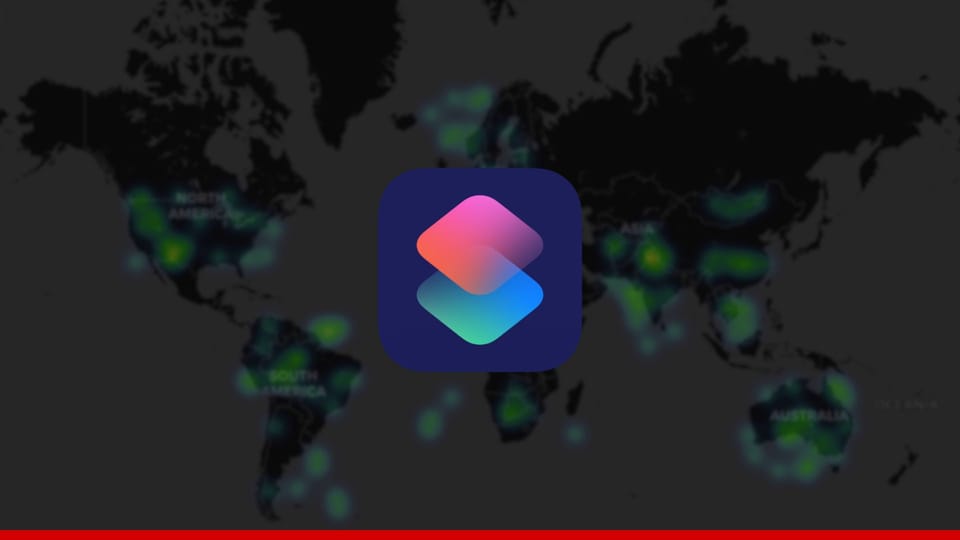Big Data: The Power of Information
Big data is a term used to describe the ever-growing collection of data that businesses and individuals generate every day. This data comes from a variety of sources, including social media, sensors, and transactions.

Big data is a term used to describe the ever-growing collection of data that businesses and individuals generate every day. This data comes from a variety of sources, including social media, sensors, and transactions. Big data is challenging to work with because it is so large and complex. However, it also has the potential to be very valuable. By analyzing big data, businesses can gain insights into their customers, improve their products and services, and make better decisions.
What are the 3 V's of Big Data?
The 3 V's of big data are volume, velocity, and variety.
- Volume refers to the amount of data that is being generated. The amount of data being generated is growing exponentially every year.
- Velocity refers to the speed at which data is being generated. Data is being generated in real time, and it is important to be able to analyze it quickly.
- Variety refers to the different types of data that is being generated. Data can come in a variety of formats, including text, images, video, and audio.
Structured and Unstructured Data
Data can be divided into two main categories: structured and unstructured.
- Structured data refers to well-organized data with a fixed schema, typically stored in databases, spreadsheets, or tables. It can be easily analyzed using conventional data processing techniques. Examples of structured data include sales records, customer information, and financial transactions.
- Unstructured data lacks a predefined structure and does not fit into traditional databases. Examples include text documents, emails, social media posts, images, and videos. Machine learning techniques, such as natural language processing and computer vision, are employed to extract insights from unstructured data. These techniques enable sentiment analysis, text classification, image recognition, and object detection.
Sources of Big Data
Sensors - IoT
Sensors are devices that collect data from the physical world. They can be used to measure a variety of things, such as temperature, humidity, pressure, light, motion, and sound. Sensors are used in a wide variety of industries, including:
- Manufacturing. Sensors are used to monitor the production process and ensure that products are meeting quality standards.
- Agriculture. Sensors are used to monitor crops and livestock and to track weather conditions.
- Transportation. Sensors are used to monitor traffic flow and to track the location of vehicles.
- Healthcare. Sensors are used to monitor patient vital signs and to track the progress of diseases.
Transactions
Transactions are records of business activities. They can be used to track sales, purchases, payments, and other financial transactions. Transactions are generated by a variety of systems, including:
- Point-of-sale systems
- E-commerce websites
- Banking systems
- Investment systems
- Healthcare systems
Social media
Social media platforms like Facebook, Twitter, and Instagram generate a massive amount of data about user activity. This data can be used to track public sentiment, identify trends, and predict events. Social media data can be used by businesses to:
- Understand customer preferences
- Identify potential customers
- Track brand reputation
- Launch new products and services
- Improve customer service
Log files
Log files are records of activity on computer systems. They can be used to track website visits, email activity, and other types of user activity. Log files can be used by businesses to:
- Identify security threats
- Track website traffic
- Optimize website performance
- Improve customer service
Machine data
Machine data is generated by machines and devices. It can be used to track a variety of things, such as production output, energy usage, and environmental conditions. Machine data can be used by businesses to:
- Improve efficiency
- Reduce costs
- Improve safety
- Make better decisions
These are just a few examples of the many sources of big data. By collecting data from a variety of sources, businesses and organizations can gain a more complete understanding of their customers, operations, and the world around them. This information can be used to make better decisions, improve products and services, and gain a competitive advantage.
Big data is a powerful tool that can be used to improve businesses in a variety of ways. By understanding the 3 V's of big data and the difference between structured and unstructured data, businesses can begin to harness the power of big data to make better decisions, improve their products and services, and gain a competitive edge.




